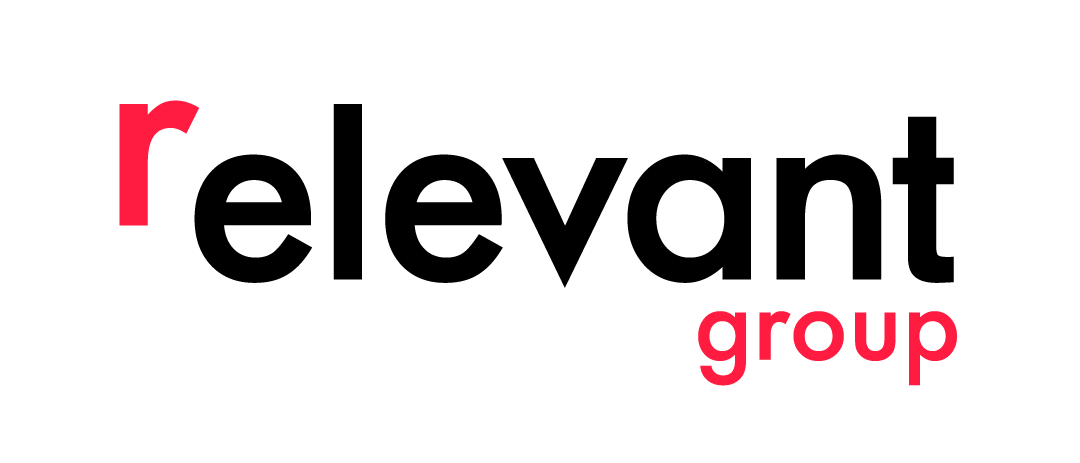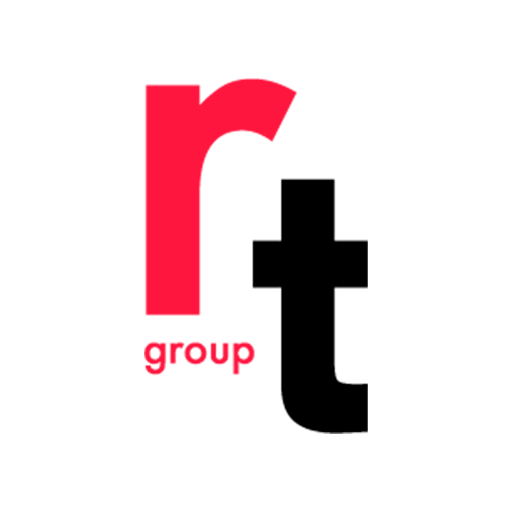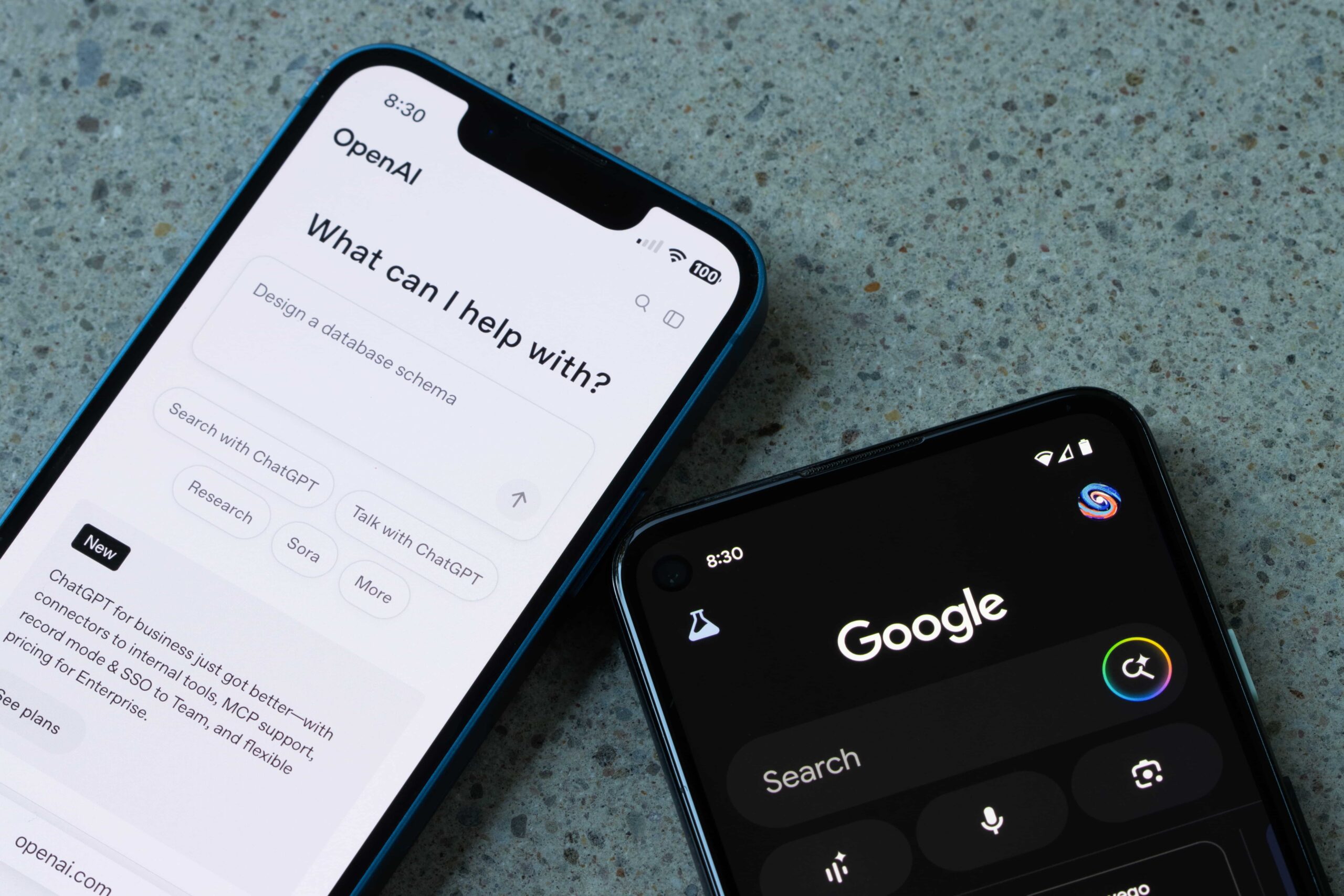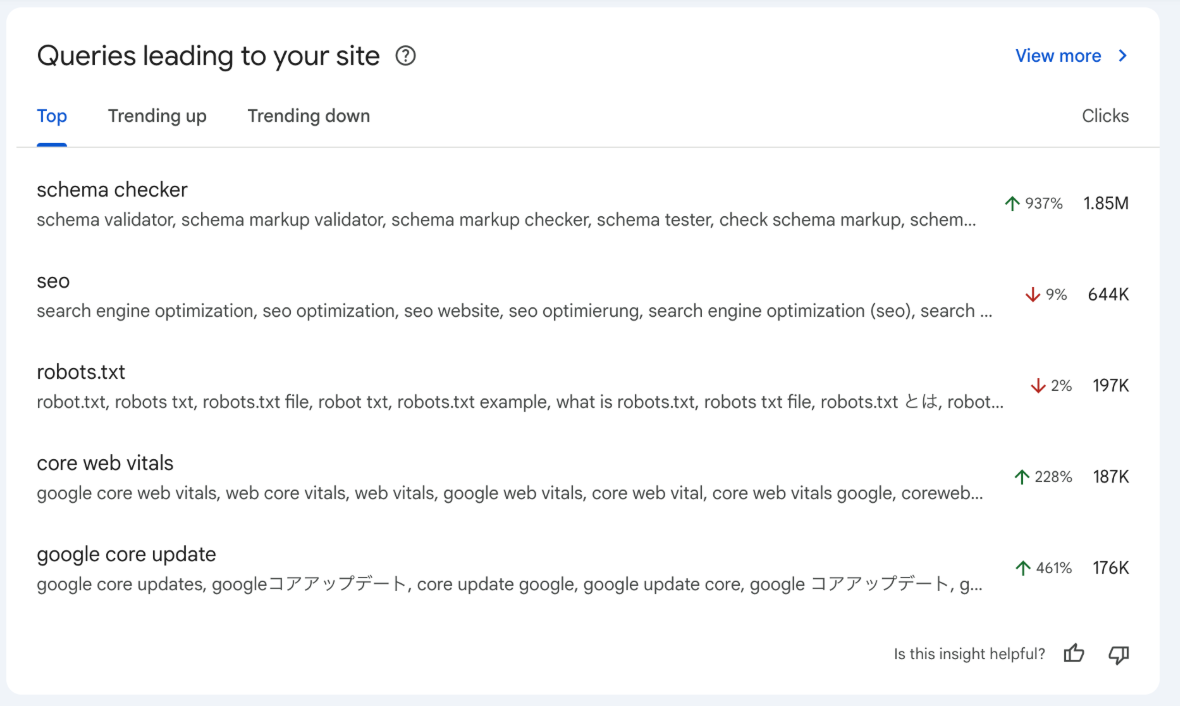In this post we will explain how to get the most out of our Amazon Brand Store to maximize the results of our sponsored ad campaigns.
What is a Store?
The Brand Store is a free Amazon advertising tool available to all brand owners who sell their products on Amazon, both sellers and vendors. It is created from the Amazon advertising platform based on default templates that we can customize in a completely dynamic way. Among the different modules that can be added are: product grids, images, videos, text, individual products, among others.
First steps
1- Before starting to create our Brand Store it is necessary to define clear objectives for it. A Store that is oriented to performance, where the content will be mostly made up of product grids that lead directly to the product sheets, will not look the same as a Store that is oriented to show all the benefits and main features of our products, with the aim of educating our potential customers on how to use the items. 2- Once we have clearly defined our objectives, it will be very important to select the products that we will show in the Store and, based on this, design the architecture that our Store will have, that is, define the number of pages and the content of each one of them. 3- Once the structure of our Store has been finalized, the next step is to prepare all the graphic elements that we are going to use (logos, images, copies, videos, etc). It is very important to make sure that the Brand Store we are building is optimized for mobile devices since a large percentage of purchases on Amazon are made through these devices.
What to do once we have created the Store?
Once we have created our Store, we have optimized it for mobile devices and it has passed the Amazon moderation process (process in which Amazon reviews if the Stores policies are met) it is time to start driving traffic to it. There are two ways to drive traffic to the Store: organically or through paid campaigns, i.e. Sponsored brands and Display. From the organic part, once we have created the Store, a unique url is assigned to it, which is usually“www.amazon.es/nuestramarca”.Thus, we can direct organic traffic from the following elements:
- Brand name link: it is the link that appears with the name of our brand in the product cards below the title, every time a user clicks on this link, he/she will be redirected to our Store.
- Social media, blogs: sharing the link of our Store from social networks, blogs, etc.
- Google: positioning the url of our Store in Google.
From the paid side, you can drive traffic to your Store with Sponsored Brands campaigns, and through display campaigns. Once we start receiving traffic, the Store offers numerous metrics that allow us to measure the source of traffic, Store sales, orders placed through the Store, visitors, visitors per page, among others. In addition, in the case that we want to redirect traffic from an external campaign to our Store, we can make use of tags so that the Store detects from which source or campaign the traffic comes from and measure the success of the campaign. If you need support in the creation of your Brand Store to get the most out of it and prepare it for success, from Relevant Traffic we will be happy to help you.
